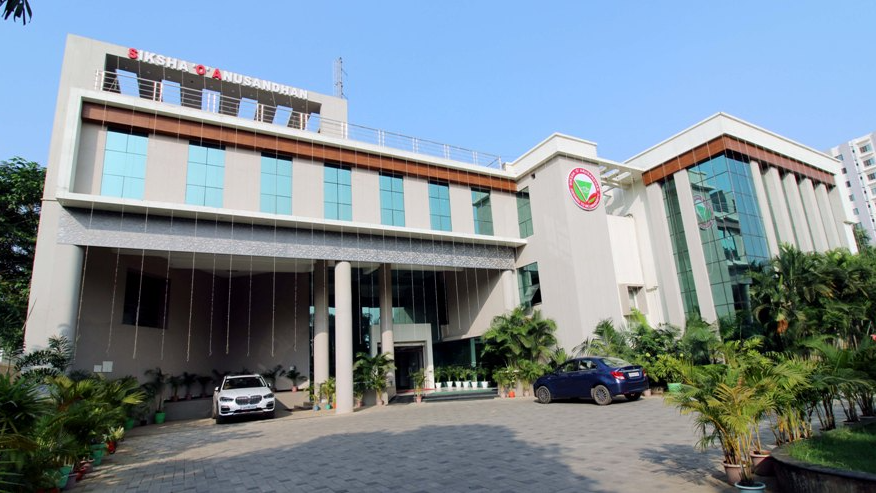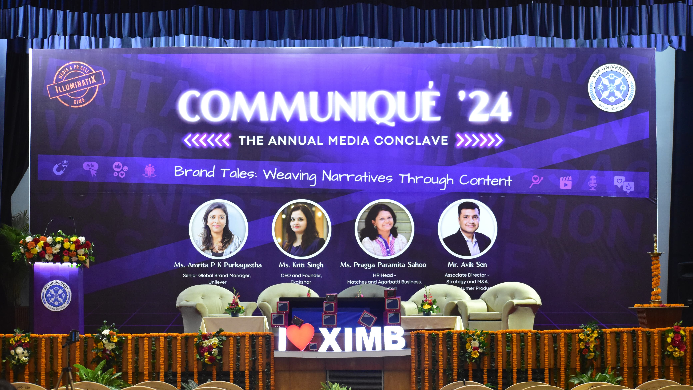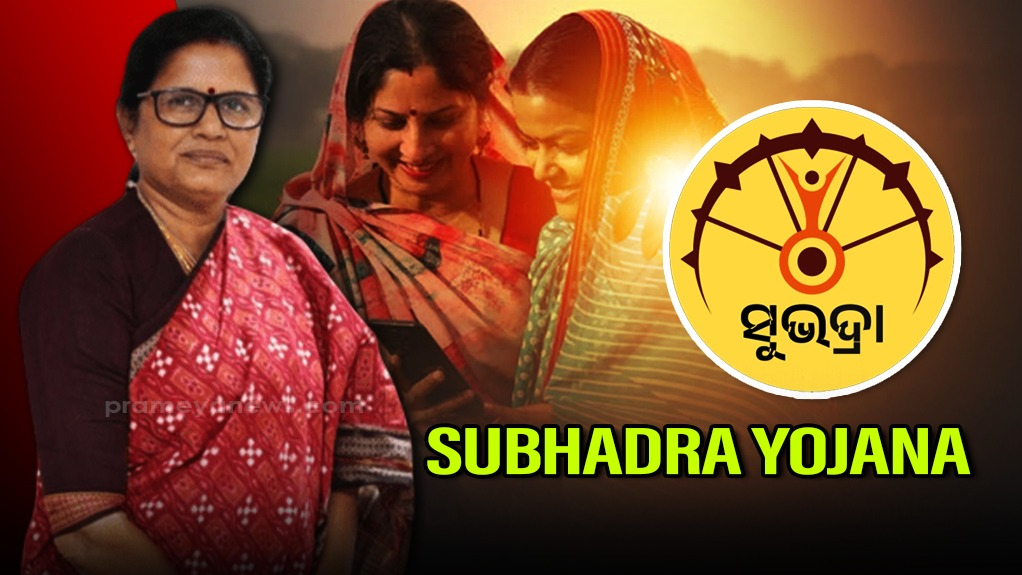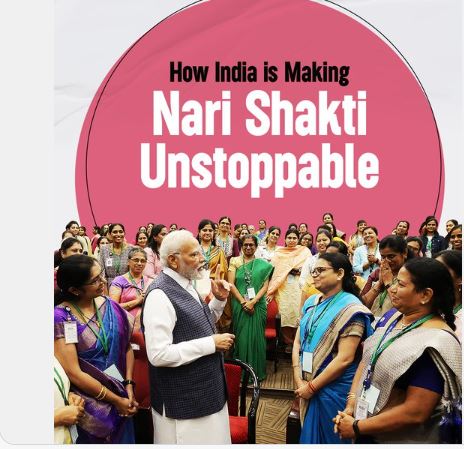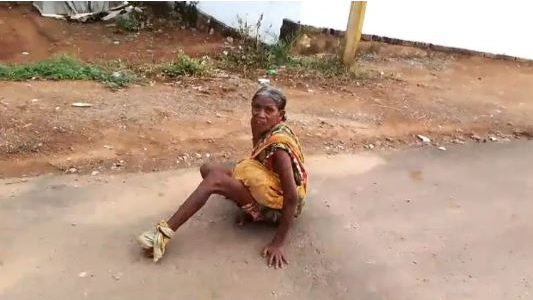Window Seat: Journalism and Critical Thinking
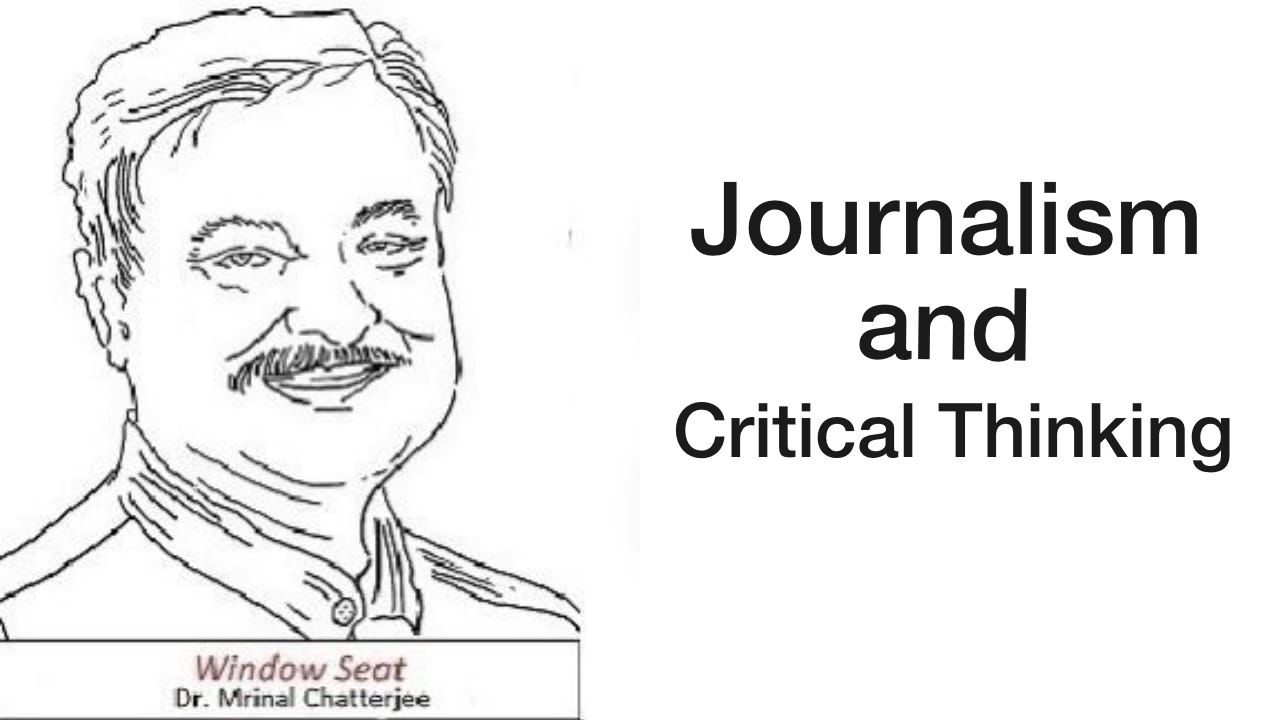
Journalism basically is an act of identifying and collating information into news and then putting it in a presentable form and disseminate it. Besides providing information, which is the prime job of journalism its other objectives are to help the readers/viewers understand events and issues, help them form an opinion and make a choice, and ultimately take a decision. To do all these, the journalists must know facts with right context and must have a clear idea about the different and often differing perspectives.Here comes the role of Critical Thinking. Critical Thinking is more than fact checking from multiple sources. As Jonathan Heber, Author of ‘Critical Thinking’ said, “Facts are the lifeblood of journalism. They’re terrific, they’re important, I’m a big fan of fact checking sites, but facts are not enough.’ Consider ‘Zohnerism’. It refers to "the use of a true fact to lead a scientifically and mathematically ignorant public to a false conclusion".I have written about it in this column earlier. This occurs more often than you think, especially when politicians, conspiracy theorists, spin doctors and charlatans use proven facts to persuade people into believing false claims. The fact that people can be misled so easily is highly unsettling. Therefore Critical thinking is an essential skill for journalists. For some it means being sceptical — the time-honoured school of “If your mother says she loves you, check it out.” That’s a start at critical thinking.It involves logic as well as creativity. The first time critical thinking was documented is believed to be in the teachings of Socrates, recorded by Plato. Over centuries, hundreds of thinkers across the world have contributed to the development of the concept of critical thinking. Each major discipline has made some contribution to critical thought. Some insightful modern-day critical thinking definitions include:“Reasonable, reflective thinking that is focused on deciding what to believe or do” and “Deciding what’s true and what you should do.” Centre for Critical Thinking defines it “The intellectually disciplined process of actively and skilfully conceptualizing, applying, analyzing, synthesizing, and/or evaluating information gathered from, or generated by, observation, experience, reflection, reasoning, or communication, as a guide to belief and action.” Basically it is the art of learning to question the ends and objectives,the sources of information and fact,the method and quality of information collection,the mode of judgment and reasoning used,the concepts that make that reasoning possible,the assumptions that underlie concepts in use,the implications that follow from their use, andthe point of view or frame of reference within which reasoning takes place. Journalism schools must teach their students the art of critical thinking. That will help media survive the ‘copy-paste’ kind of journalism that we see increasingly occupying the mediasphere. Diwali, Deepavali and Kalipuja India is a land of unity in diversity. Its festivals are testimonies to this amazing concept. Consider Diwali, Deepavali and Kalipuja- which are celebrated more or less on the same day, with lights and crackers, but there are differences. While Diwali, celebrated mostly the North Indian States marks the return of Lord Rama after his exile to Ayodhya, Deepavali mostly celebrated in the South Indian States celebrates Krishna defeating Narakasura (the demon Naraka) and Kali Puja, celebrated in Eastern States of West Bengal, Odisha and Assam worship Mother Kali- the ferocious form of Durga. Diwali is a festival of five days. The five days of this festival are Dhanteras, Choti Diwali, Diwali and Lakshmi Puja, Govardhan Puja, and BhaiDooj. Though Dhanteras celebrates the birth of Lord Dhanvantari, regarded as the physician of gods, the pride of place is given to the goddess Lakshmi. The day of Choti Diwali holds significance because it is believed that Lord Krishna slew Narakasura on this day. Choti Diwali is the day when Deepavali begins. The main festival of Diwali is on the third day, which marks the arrival of Rama to Ayodhya and also the emergence of Laxmi from the sea. This is also the day when Kali is worshipped in eastern Indian states. The fourth day of Diwali celebrates the feat of Krishna protecting people from flood by lifting the mountain Govardhana on his little finger. Krishna is worshipped on this day. The fifth and final day, BhaiDooj is celebrated, where sisters pray for the wellbeing of their brothers. This festival calledBhatriDwitiya or BhaiPhontais also celebrated in Bengal. See the way the festivals are similar and also different. That is the beauty of our country. Kali Among the Hindu goddesses, there is none as ferocious-looking as Kali. With the garland of skulls hanging on her bare torso she holds a blood stained falchion and wears an angry and vengeful look. There are several tales about Kali’s origin, the best known of which comes from the Devi Mahatmya. It says that when Durga was so enraged by demons that her anger burst from her forehead in the form of Kali. Once born, the dark goddess went on the rampage, killing demons and stringing their heads on a chain around her neck. Her dance of death and destruction was stopped only when Shiva lay on her path and she stepped on her husband’s chest by accident. She was terribly embarrassed and finally calmed down. Kali is thus associated with war, death and cremation. There is another legend. Men and gods were being terrorised by Daruka who could only be killed by a woman, and Parvati was asked by the gods to deal with the terrible demon. Since she came out of Shiva's poisoned throat, she became the dark, deadly Kali who eliminated Daruka. This cult of the 'terrifying mother' is fascinating. The powerful cult of mother goddess, representing power, protection, blood and victory, has been there in several ancient civilisations like in Greece and Rome. However, Bengal has a slightly different version of Kali. Here folk-lore has turned the ferocious mother goddess into a mild-natured mother, who occasionally takes up arms and is pleased with his son’s offering of Jaba (hibiscus) flower. Tailpiece: Traffic Light What did one traffic light said to the other? wp:list Stop looking, I am changing. /wp:list (Courtesy: Social Media) About the Author: Journalist turned media academician Mrinal Chatterjee lives in Dhenkanal, Odisha. He also writes fiction and plays. He can be reached at [email protected]
Latest News
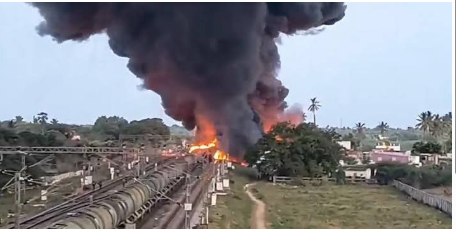
Massive fire on Diesel-Laden Goods Train near...
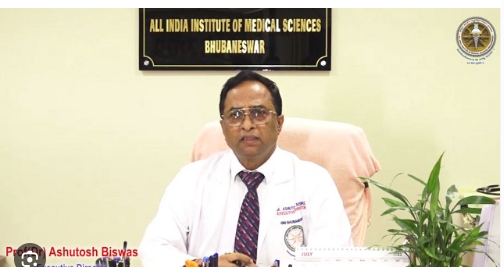
"Trying our best", says AIIMS Bhubaneswar Dire...
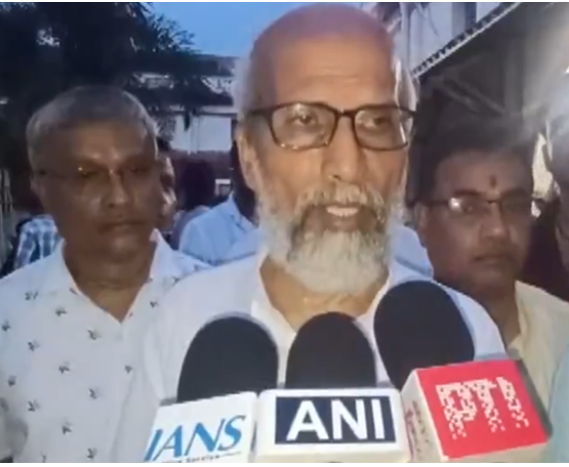
FM College Self-Immolation Case: BJP MP Pratap...

Railways to install CCTV cameras in coaches to...
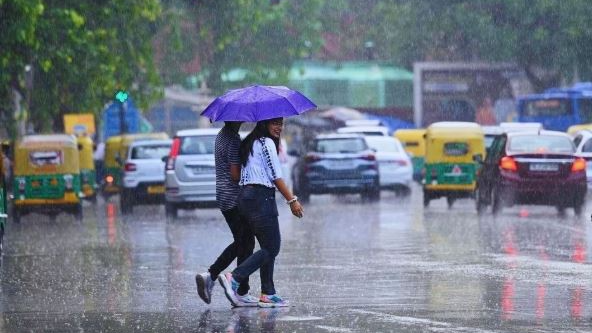
Heavy Rain likely in Odisha till July 17 as Lo...
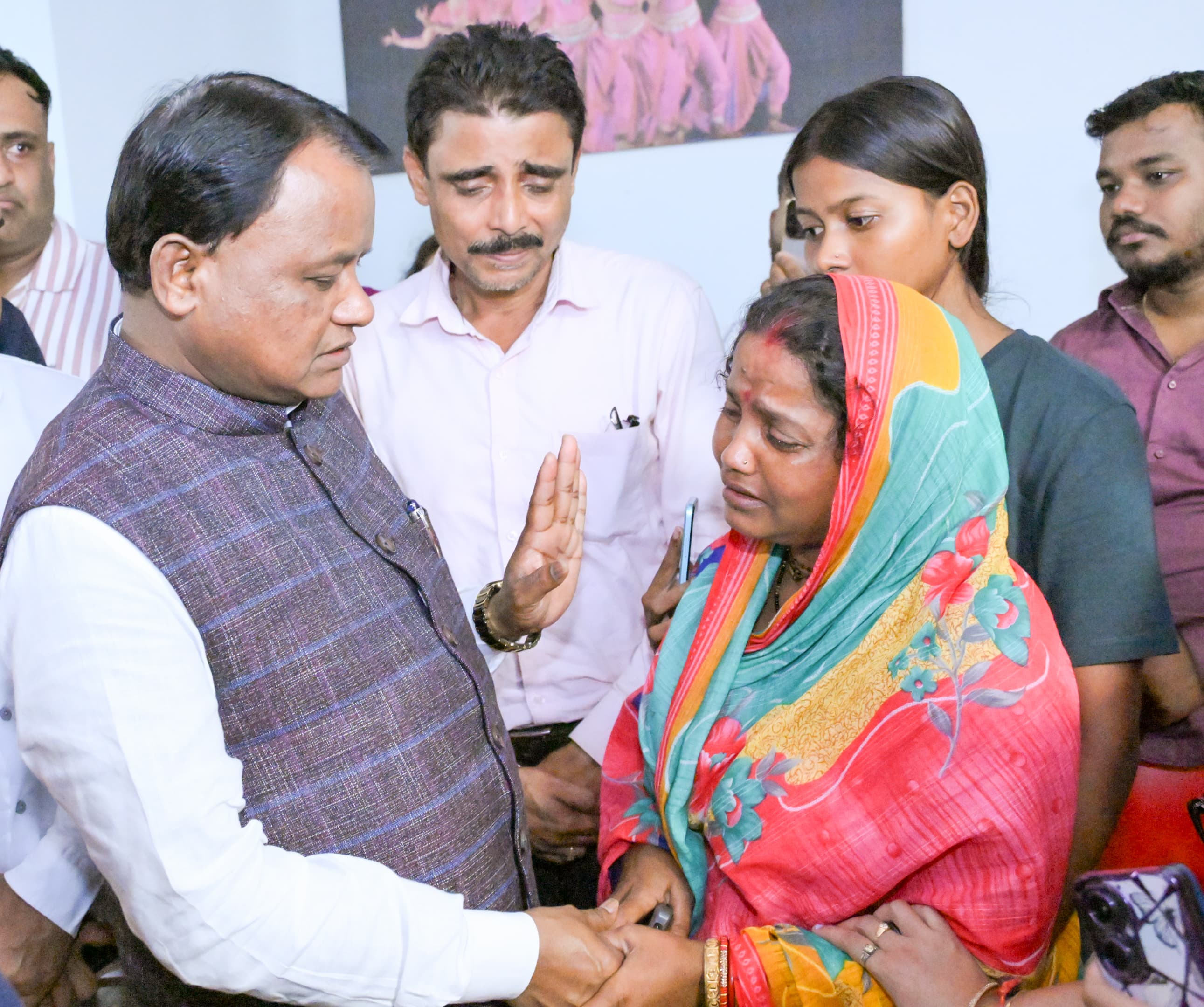
CM Majhi visits AIIMS Bhubaneswar, assures bes...
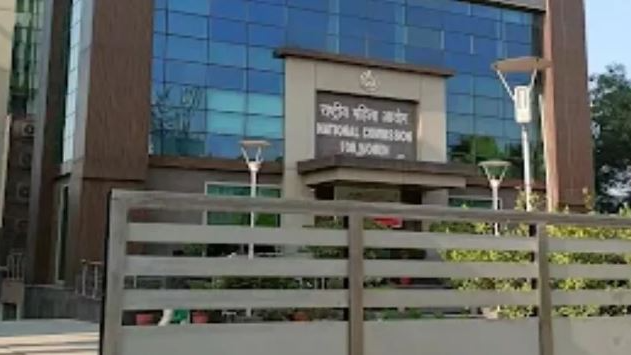
FM University student's self-immolation bid: N...
Copyright © 2024 - Summa Real Media Private Limited. All Rights Reserved.









